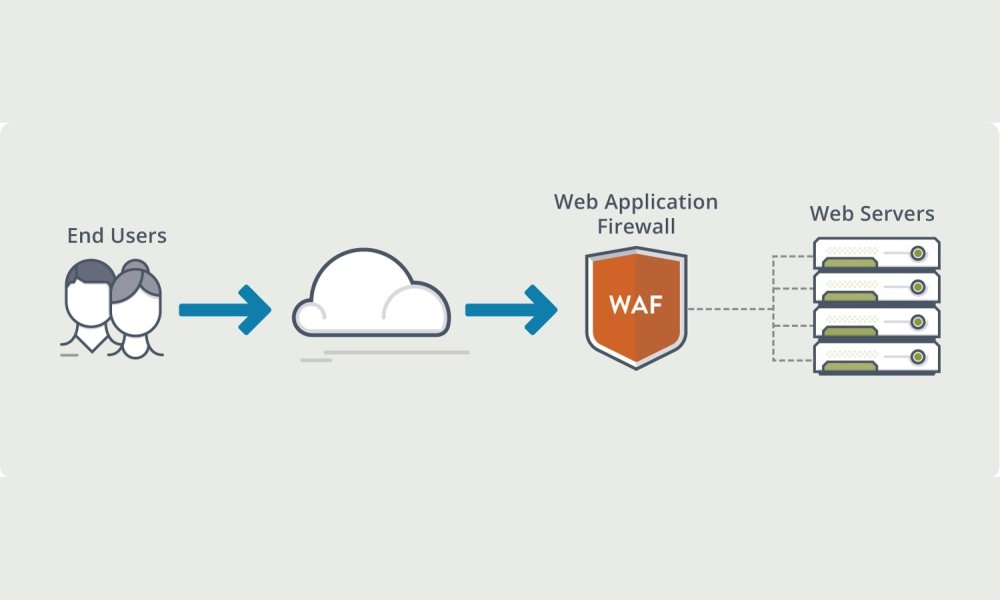These days many organizations entrust key operations to third-party vendors. This is especially true in the field of IT (Information Technology).
Instead of increasing the CTC (Cost to Company), organizations prefer outsourcing their IT jobs to cloud-computing, SaaS and similar providers. But the transfer of valuable data to these vendors is a risky business.
If the network security providers are not vigilant enough an organization can become vulnerable to problems like malware, virus attacks, extortion and data theft.
To ensure your data is managed securely, your company needs the SOC 2 auditing procedure.
What Is SOC 2 Compliance Anyway?
SOC stands for Service Organization Control. It is an auditing procedure which prepares reports on different company controls.
These controls are based on SOC principles related to privacy or confidentiality, processing integrity, availability and security.
The SOC system was developed by the team at AICPA (American Institute of Certified Public Accountant).

Types Of SOC 2 Reports And Their Differences
There are two primary types of SOC 2 reports –
- Type I – This type describes the system of a vendor and checks if the design is secure, meeting appropriate trust principles.
- Type II – This type elaborates on that system’s operational effectiveness.
SOC 1, SOC 2, and SOC 3 – What’s the Difference
While it is clear that SOC provides highly secure audits for an organization, choosing from the different types of SOC can be confusing. These differences will help you decide which SOC you should use –
- SOC 1 – These reports focus on a company’s finances.
- SOC 2 – These reports focus on the compliance and operations of a company.
- SOC 3 – Used uncommonly, these reports cater to a company’s clientele.
Security
Using IT security tools like access control, intrusion detection, two-factor authentication and WAFs (Web Application Firewalls), the security principle of SOC ensures data protection.

Availability
The availability principle of SOC deals with the accessibility of products, services or system as written in the contract between the client and vendor. It also addresses issues of monitoring network availability and performance.
Processing Integrity
The principle of processing integrity ascertains if a system is realizing its full purpose. This principle does not imply data integrity. It is more concerned with accurate, valid, timely, authorized and complete data processing.
Confidentiality
For safe and confidential transmission of data, the principle of confidentiality is put in place. To safeguard the processing information, strict access control and firewalls for both network and application are necessary.
Privacy
A lot of personal information like Social Security number and house address is considered sensitive. The principle of privacy upholds the notion that such information should not be leaked. This principle is applicable throughout the process of gaining personal information.
Getting Started With SOC 2 Compliance

SOC 2 compliance can be overwhelming for a lot of companies. But once you get the hang of it, sustained compliance and reduced annual frustration is easy to achieve.
Step 1: Understanding Which SOC 2 Principles Apply To Your Organization
Given the 5 essential principles of SOC 2, you must decide which principle or principles apply to your operations the most. For example, if you deal with a lot of personal clients then Privacy should be your main focus. Similarly, if you transfer a lot of data then Security and Availability should be your emphasis.
Step 2: Running Internal Audits to Gather Requirement
To assess what your company needs the most, running an internal SOC 2 audit is necessary. It will provide you with reports, reflecting the security of your organization’s data and services. Remember, getting an SOC 2 compliance audit is proof that you use the best practices when collecting customer and internal data.
Step 3: Applying Security Controls
The CPA will evaluate and analyze your company’s controls to prepare your audit report. Controls are simply security measures you take as a company to meet SOC 2 key principles. For example, to ensure compliance an internal control can be rules, procedures, policies or mechanisms.
Step 4: Ensuring Best Data Management Practices
Some of the best practices to comply with SOC 2 include – monitoring, anomaly alerts and detailed audit trails.
Step 5: Running Internal Audit for Measuring Compliance
Before running an internal audit, ensure that your organization is prepped for the evaluation. Pick the type of report you need (Choose between Type I or Type II report).
Also Read: 4 Key Benefits Of Using Business Intelligence Reporting Software

















